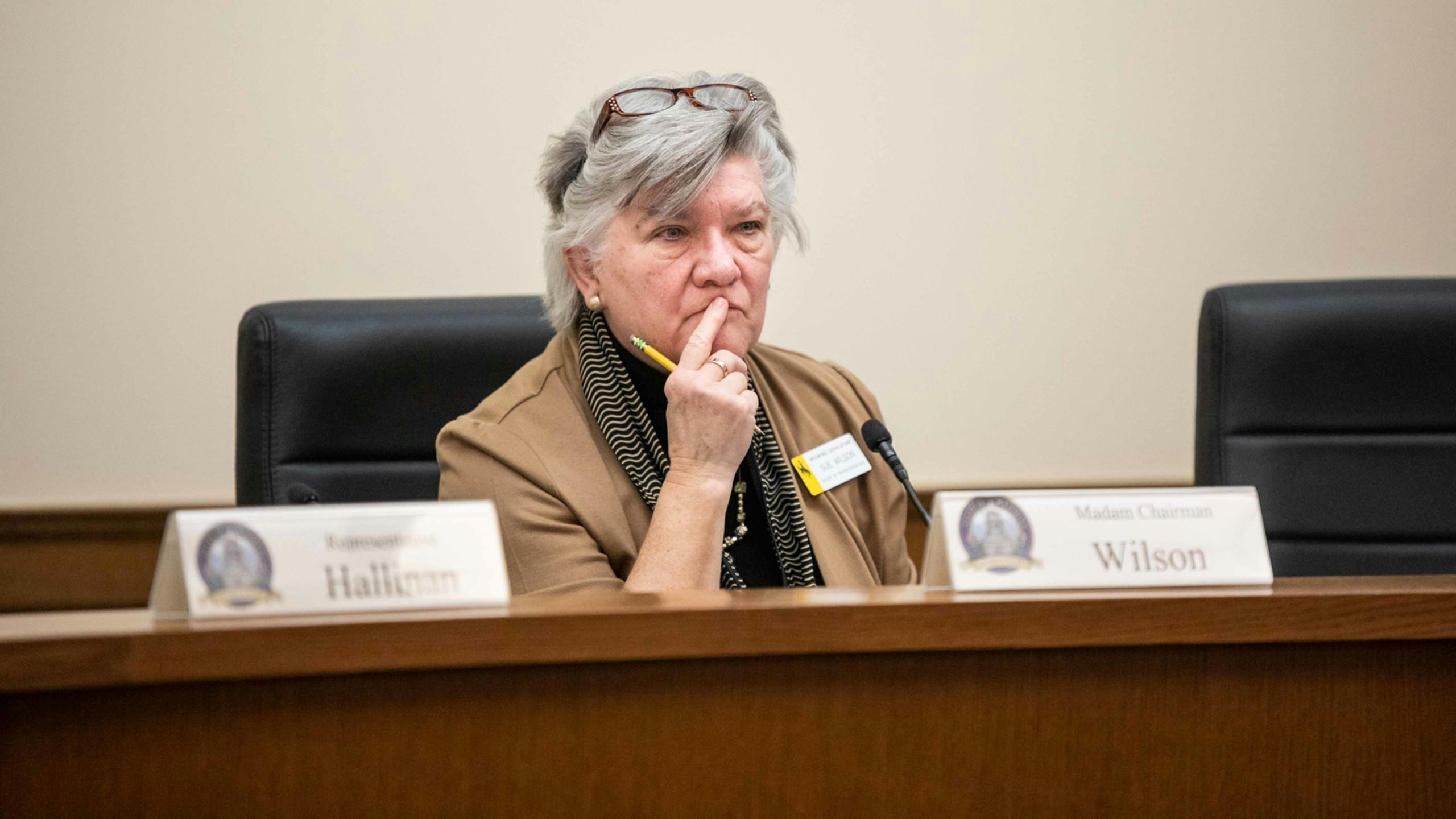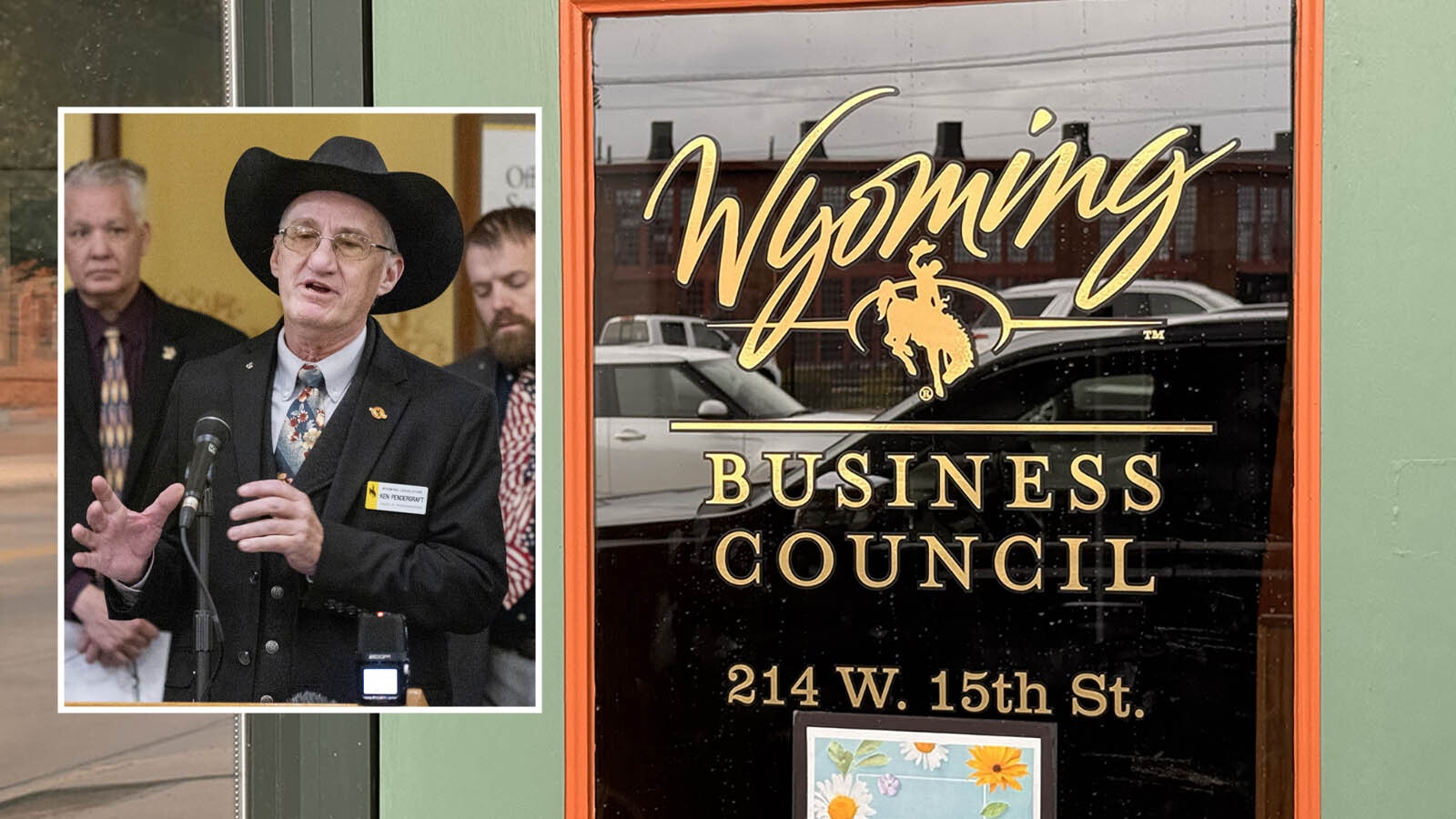**For All Things Wyoming, Sign-Up For Our Daily Newsletter***
In a rural state like Wyoming, with limited funding and even sparser population centers, it can be difficult to fill in every gap when it comes to providing adequate mental health care. When a jail is the only place a person having a mental health care crisis can be brought, few would disagree a problem exists.
“We can all agree that a jail is not somewhere for someone to be treated and we don’t want someone’s situation spilling into other parts of the community,” Labor, Health and Social Services Committee Chairman Rep. Sue Wilson (R-Cheyenne) said during a committee meeting on Friday.
Over the past year, the Wyoming Department of Health has contracted with Missouri-based health organization MTM Inc. to analyze how Wyoming could improve its crisis care and residential services in both the short and long term.
“We want this work to feed into that larger, behavioral health redesign,” Stefan Johansson, director of the Wyoming Department of Health, said before the Labor Committee on Friday.
MTM has worked with WDH to develop a Certified Community Behavioral Health Clinic readiness assessment for all the state’s providers. This certification requires mobile – none of which currently exist in Wyoming – and in-patient crisis services.
“We believe it dovetails nicely with behavioral health reform,” said Andi Summerville, executive director of the Wyoming Association of Mental Health and Substance Abuse Centers.
Wyoming Is Unique
Summerville said it’s unlikely Wyoming will be able to emulate what bigger states do for their crisis care, so finding a scalable fit for the state’s needs is the next best option.
There are four state-funded crisis stabilization programs to serve Wyoming’s 23 counties currently. These facilities host a combined 27 beds and nearly $4 million biennial budget. They are located in Rock Springs, Casper, Cheyenne and Worland.
“Having a facility in every community would be difficult to scale in a place like Wyoming,” Johansson said.
Summerville said having only four facilities in the state creates for long drives and gaps in service for people.
“If somebody is in Jackson and they’re in need of crisis intervention services, that’s a long trek (to Rock Springs),” she said.
These short-term residential facilities are designed to handle mental health crises, which if left untreated, could lead to placement in a more intensive clinical setting like a hospital or the Wyoming Behavioral Institute in Casper. Sometimes people from those facilities are brought to the crisis stabilization facilities as a form of a step-down before reintroduction into the public, Johansson said.
Summerville said the goal of these facilities is to provide stabilization for a patient so they can return to their community. She said there is always a “tug-and-pull” between the needs of county and regional-level facilities.
1/3rd Of Facilities Gone
Over the last three years, six of the 17 nonprofit community mental health organizations serving Wyoming have gone away, Summerville said. In 2020, 317 people were served at these facilities statewide, an improvement from the year before.
She said there is a massive shift occurring in the healthcare industry as far as what it takes administratively to serve patients, which the COVID-19 pandemic and inflation only exacerbated. Crisis stabilization services are even more scarce.
“The smaller, each county having their own mental health care agency, it’s not sustainable anymore,” she said.
Recently, the legislature appropriated $7 million in America Rescue Act Plan funds for construction specific to crisis stabilization or women’s residential facilities. Summerville said this is still being studied, but it’s been at least a decade since any changes to mental health group homes were made in the state.
“If they’re coming out of crisis care but they need that step-down care, but we can’t move anybody because we don’t have beds or have the right spot, it just bottlenecks the system,” Summerville said.
Which Facilities
There are many different variables when it comes to determining which patients are brought to certain facilities in Wyoming.
Summerville said a more cohesive overarching system is needed for Title 25 patients- the official term for involuntary mental health holds in Wyoming. Ideally in the long term, she hopes Wyoming can develop a statewide partner plan and recruitment strategy.
“The realities are, we have to collaborate on that care,” Summerville said.
Johansson said gaps exist within handling mental health crises when it comes to emergency and services for adolescents and children, resources and staffing, community stakeholder and resource agreements. He also said there is a lack of evidence-based intervention services in Wyoming, which include 24-hour crisis stabilization and suicide hotlines, mobile crisis services and crisis intervention teams.
Johansson said behavioral health should be reformed through the development of crisis group homes and other related facilities, to reduce Title 25 involuntary hospitalization admissions in the state. He would also like to see better support for a 24/7 crisis call center based in Wyoming, which does not exist.
#988
On July 16, people will be able to dial 988 to be connected to a crisis center from the National Suicide Prevention Lifeline.
“We can’t underscore how important that component is, and how important it is that we tie the appropriate back-end services to 988,” Summerville said. “Some of those calls are going to be how to get those people into crisis stabilization services.”
Summerville said 65% of all crisis calls result in an individual being placed into a facility.
In many communities, behavioral health organizations exist through municipal and county funding and other local dollars. This requires collaboration between law enforcement, elected officials, judges and health staff.
“Improving that as much as we can would be a good way forward,” Johansson said.
Often, acute mental health situations and Title 25 holds devolve into a law enforcement issue for many smaller communities. Johansson said officers are often the first person called on to address a health care crisis.
These individuals are often brought to the local jail if they are too combative or if there isn’t space available at their local hospital. Avoiding that result, Summerville considers a cornerstone to behavioral health reform.
One solution, she said, would be to build small, two-bed, short-term inpatient facilities in each county.
“This could help significantly,” she said.
Johansson said there has been progress made in training officers for dealing with crisis calls.
“I think incorporating that more into the day-to-day work for these agencies, while probably frustrating for these agencies with other things to do, has become more of the reality,” Johansson said, noting that many agencies took the initiative to fund training for these situations.
“We can’t understate the critical role law enforcement plays in all of the crisis care continuum,” Summerville said.
**For All Things Wyoming, Sign-Up For Our Daily Newsletter***





